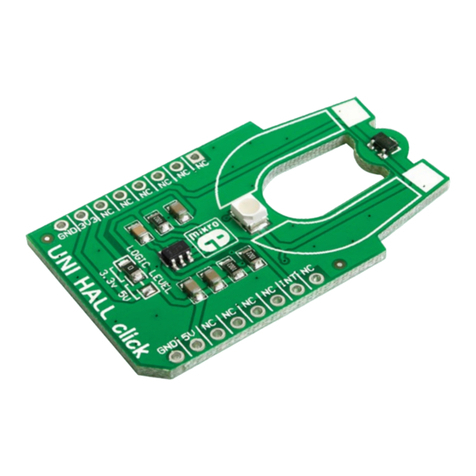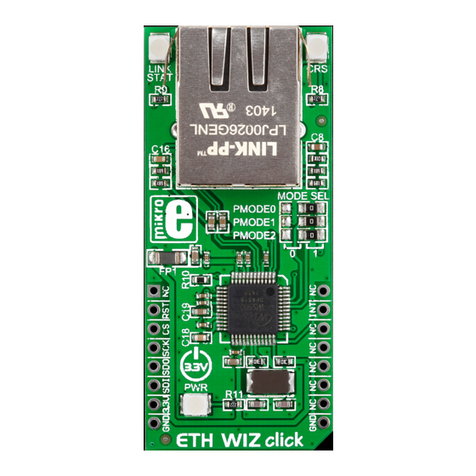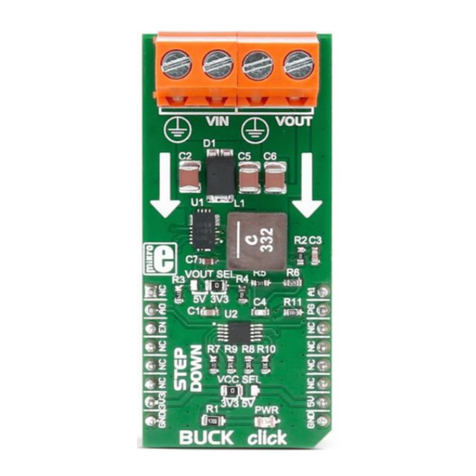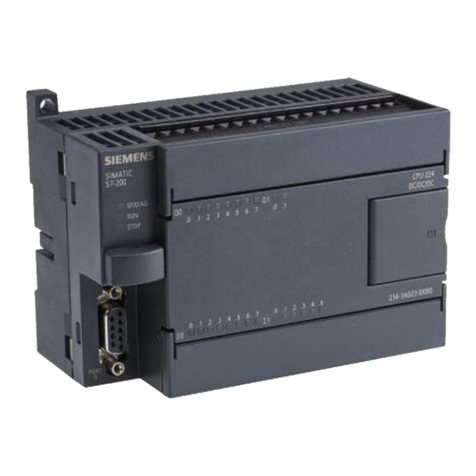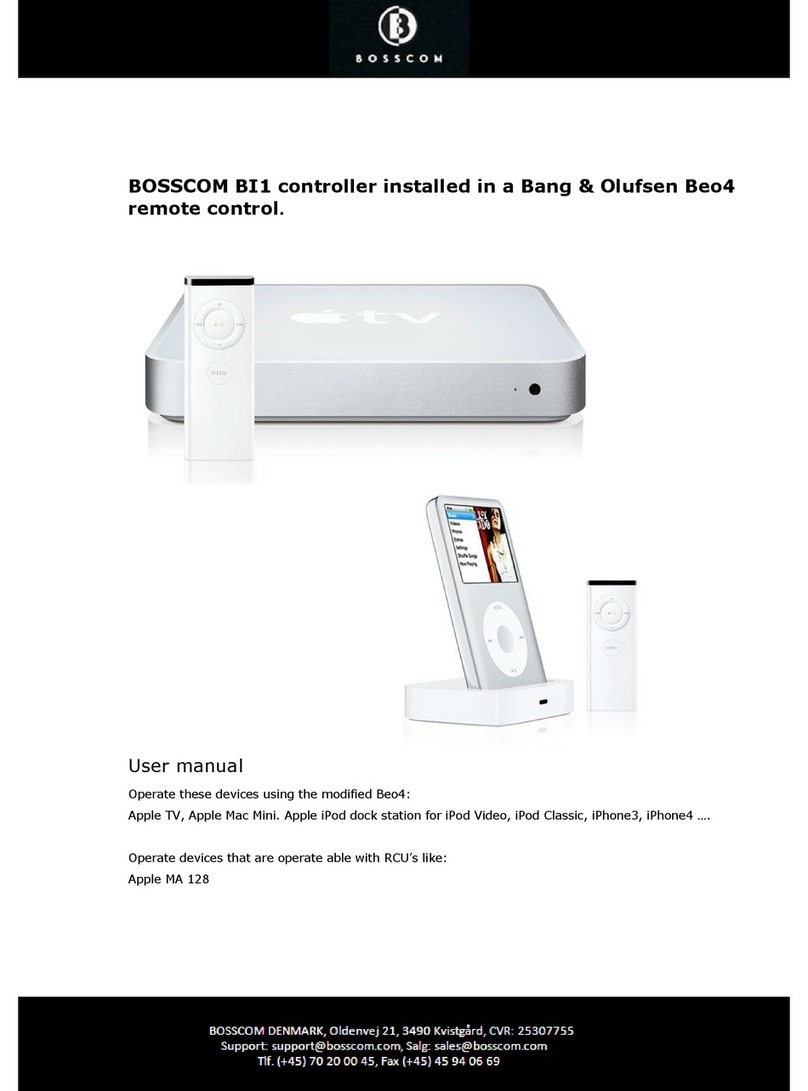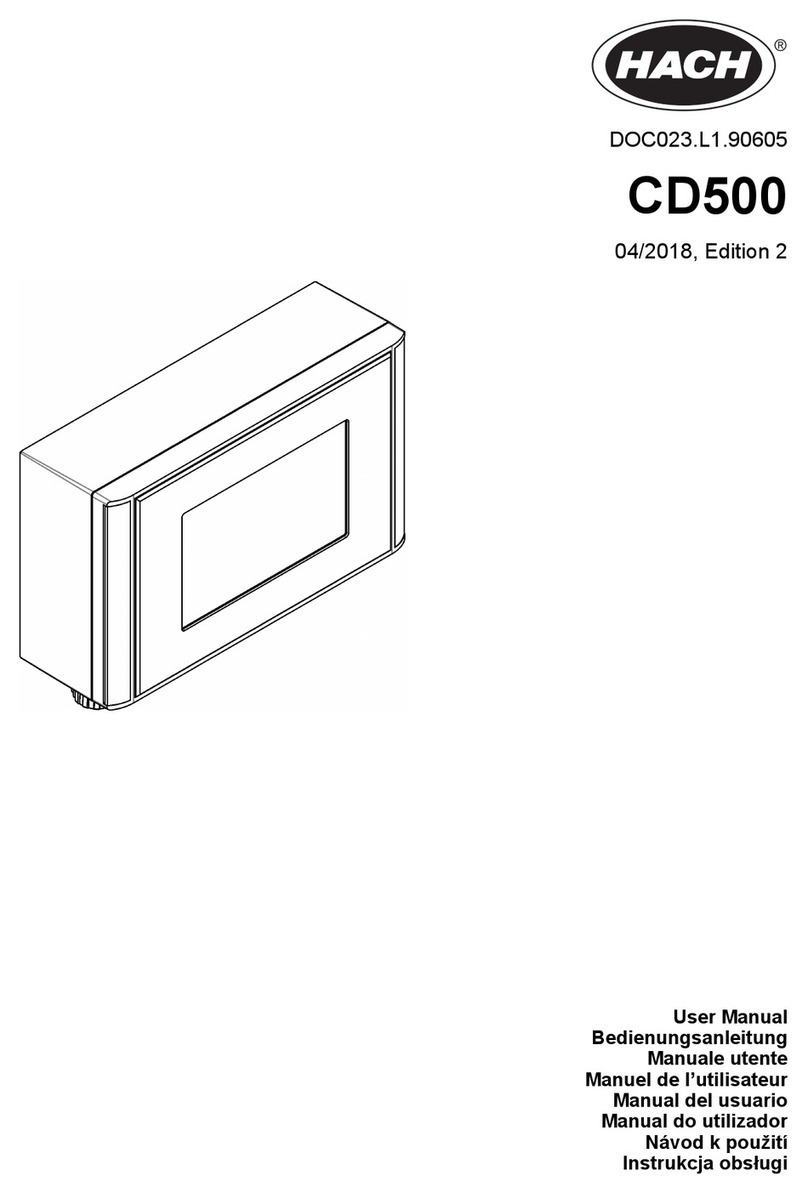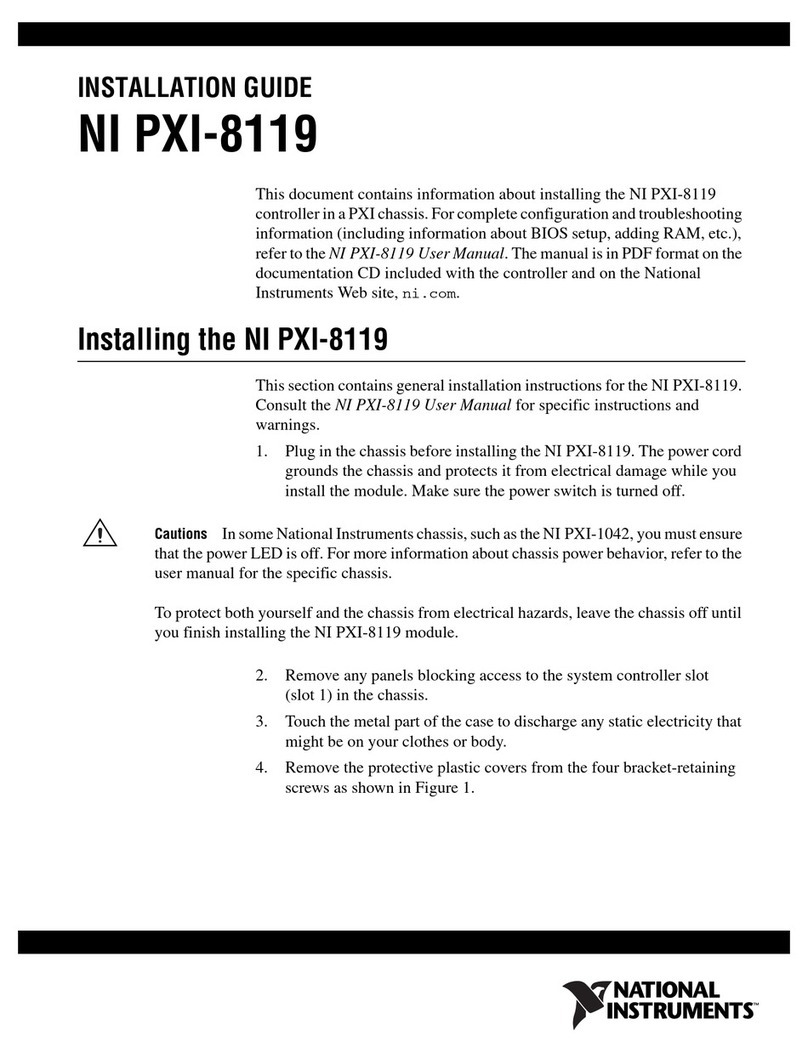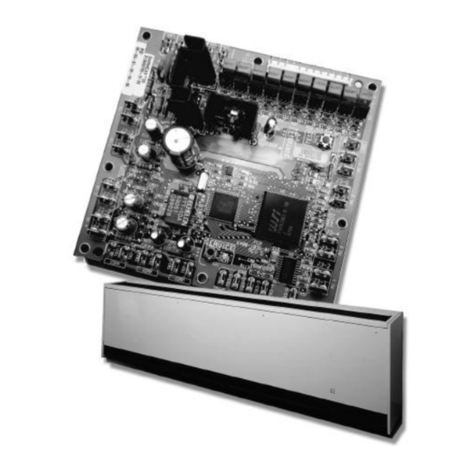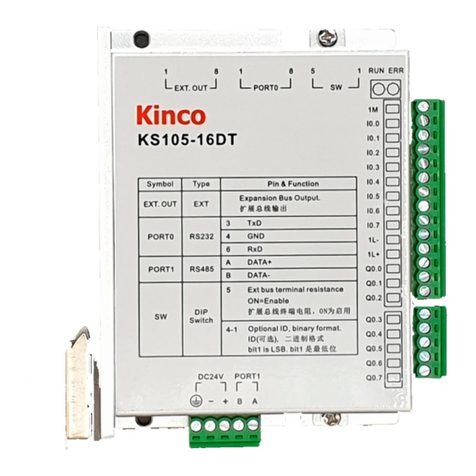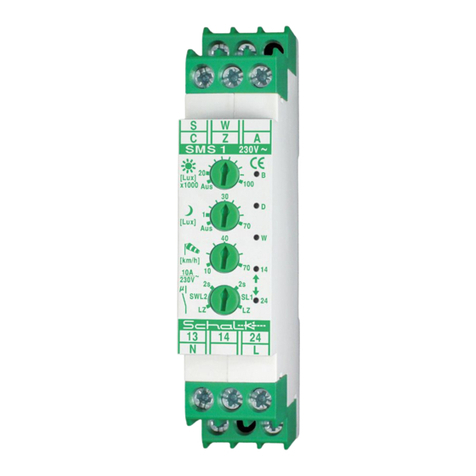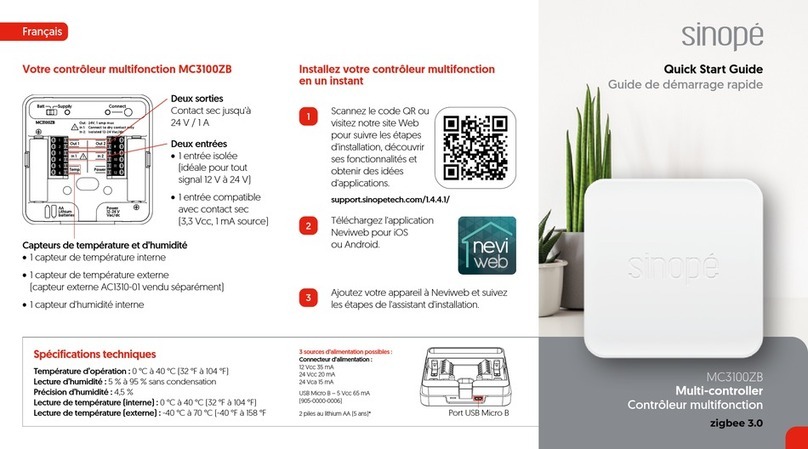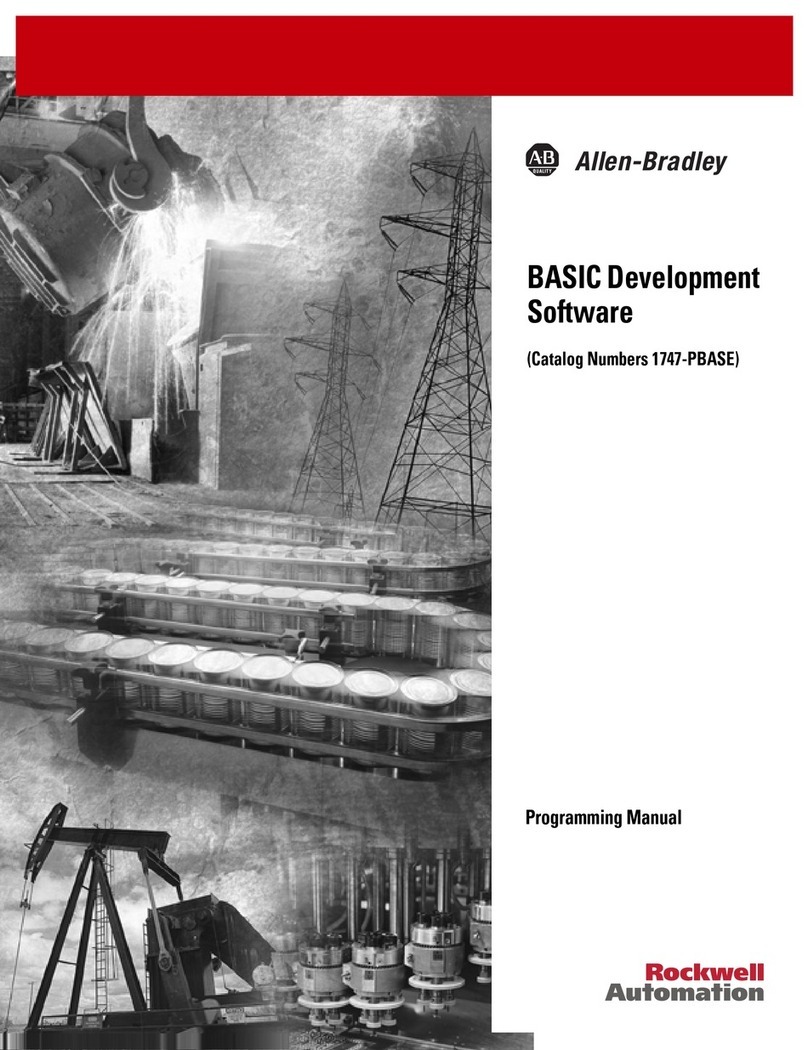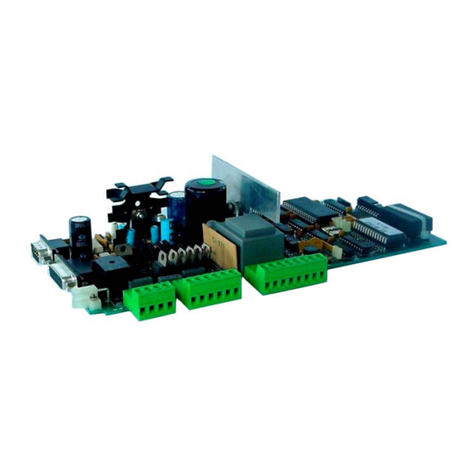mikroElektronika PIC clicker User manual

clicker
A compact starter kit with your favorite
microcontroller and a socket for Click add-on
boards. New ideas are just a click away.
PIC

Page 2
I want to express my thanks to you for being interested in our products and for having
condence in MikroElektronika.
The primary aim of our company is to design and produce high quality electronic products
and to constantly improve the performance thereof in order to better suit your needs.
The PIC®and Windows®logos and product names are trademarks of Microchip Technology®and Microsoft®in the U.S.A. and other countries.
TO OUR VALUED CUSTOMERS
Nebojsa Matic
General Manager

Page 3
Table of Contents
1. What is PIC clicker? 4
2. Power supply 6
3. PIC18F47J53 microcontroller 8
Key microcontroller features 8
4. Programming the microcontroller 9
Programming with mikroBootloader 10
step 1 – Connecting PIC clicker 10
step 2 – Browsing for .HEX le 11
step 3 – Selecting .HEX le 11
step 4 – Uploading .HEX le 12
step 5 – Finish upload 13
Programming with mikroProg™Programmer 14
5. mikroProg Suite™for PIC®Software 16
6. Buttons and LEDs 18
7. Click boards are plug and play! 20
8. Dimensions 24

Page 4
1. What is PIC clicker?
08
06
01 03
02
07
04 Figure 1-1: PIC clicker
05
11
05
10
10
09
01 USB MINI-B connector
02 3.3V Voltage regulator
03
Power indication LED
08
16 MHz crystal oscillator
05
44-pin PIC18F47J53 microcontroller
07
RESET button
04
mikroProg™ Programmer connector
06
mikroBUS™socket
09
Connection pads
10
11
Additional button
Additional LEDs
PIC clicker is an amazingly compact starter development kit
which brings innovative mikroBUS™host socket to your favorite
microcontroller. It features PIC18F47J53, 8-bit microcontroller,
two indication LEDs, two general purpose buttons, reset button,
USB MINI-B connector and a single mikroBUS™host socket.
mikroProg connector and pads for interfacing with external
electronics are provided as well. mikroBUS™host connector
consists of two 1x8 female headers with SPI, I2C, UART, RST,
PWM, Analog and Interrupt lines as well as 3.3V, 5V and GND
power lines. PIC clicker board can be powered
over USB cable
.
On-board power circuitry generates 3.3V and 5V. Power diode
(GREEN) indicates the presence of power supply.

Page 5
VCC5
R4
100K
VCC5
FP1
FERRITE
C5
10nF
3.3V VOLTAGE REGULATOR
R10
470
VCC3V3
VCC3V3
PWR
1
2
3
4
5GND
ID
D+
D-
VBUS
CN1
USB MINIB
VCC5
VCC3V3
R5 27
R3 27
R9
4K7
2
3
1
GND
Vin
Vout
REG1
LD29080DT33
T1 T2
R8
4K7
RA2/AN
OSC1
OSC2
VCC3V3
X1
16MHz
C6 22pF
C7 22pF
C1
100nF
VCC3V3
C2
100nF
VCC3V3
C3
100nF
VCC3V3
R6
10K
VCC3V3
C8
100nF
R7
1K
MCLR#
LD2
LD1
R1
4K7
R2
4K7
VCC3V3VCC3V3
RC6/PWM
RC7/MOSI
RC4/D-
AN
RST
CS
SCK
MISO
MOSI
3.3V
GND
PWM
INT
RX
TX
SCL
SDA
5V
GND
VCC3V3
MCLR#
1
2
3
4
5
HD1
C10
1uF
VCC3V3
C11
1uF
VCC3V3
33
32
31
30
29
28
27
26
25
24
23
22
21
20
19
18
17
16
15
14
13
12
34
36
35
43
44
37
38
9
11
4
3
5
6
7
8
10
1
2
39
40
41
42
RB2
RE2
RA3
OSC2
OSC1
VSS2
AVSS1
VDD2
AVDD2
RA5
RE1
RE0
RD6
RD5
RC7
RD4
RD7
VSS1
AVDD1
VDD1
RB1
RB0
VDDcore/Vcap
RA2
RA1
RA0
MCLR
NC
RC6
RB4
RB5
RB6
RB7
PIC18F47J53
44pin QFN
RB3
RC5
RC4
RD3
RD2
RD1
RD0
VUSB
RC1
RC2
RC0
U1
RC5/D+
RC5/D+
RC4/D-
RB4/SCK
RB5/MISO
RC7/MOSI
RB5/MISO
RB4/SCK
RB6/PGC
RB7/PGD
RB6/PGC
RB7/PGD
RB3/CS
RB3/CS
RD1/SDA
RD0/SCL
RD1/SDA
RD0/SCL
RA2/AN
MCLR#
RC6/PWM
RD2/RP19
RD3/RP20
RD6/TX
RD5/RX
RD5/RX
RD6/TX
RD2/RP19
RD3/RP20
RA0/RP0
RA1/RP1
RA1/RP1
RA0/RP0
VCC3V3
RC0
RC1
Schematic
RC2
RC0
RC1
RC2
RD4/INT
RB0
RB1
RB2/RST
RB0
RB1
RE0
RE1
RE2
RE0
RE1
RE2
1
2
3
4
5
6
7
8
9
10
HD2
T3
C4
100nF
VCC3V3
C9
100nF
VCC3V3
C13
10uF
C12
10uF
C14
10uF
RB2/RST RD4/INT
RST
mPROG
Figure 1-2: PIC clicker schematic

2. Power supply
When the board is powered up the power indication LED will be automatically turned on. The USB connection can provide up to 500mA
of current which is more than enough for the operation of all on-board and additional modules.
Figure 2-1:
connecting USB power supply
through CN1 connector
Page 6

Page 7
Figure 2-2: Power supply schematic
3.3V VOLTAGE REGULATOR
R10
470
VCC3V3
PWR
VCC5
VCC3V3
2
3
1
GND
Vin
Vout
REG1
LD29080DT33
Schematic
C13
10uF
C12
10uF
VCC5
FP1
FERRITE
C5
10nF
1
2
3
4
5GND
ID
D+
D-
VBUS
CN1
USB MINIB
VCC3V3
1
2
3
4
5
6
7
8
9
10
HD2

Page 8
3. PIC18F47J53 microcontroller
The PIC clicker development tool comes with the PIC18F47J53
microcontroller. This 8-bit low power and high performance
microcontroller is rich with on-chip peripherals and features 128KB
of Flash and 3,800 Bytes of RAM. It has integrated full speed USB
2.0. support.
Data/Memory Bus
Data Bus
PIC18F
12 MIPS 8-bit Core
- nanoWatt
- Up to 48MHz
31 Level
Stack
Program
Counter
Instruction Data
I/O Timers Comparators ADC
12-Bit USART CCP
Flash
(Up to 128KB)
RAM
(Up to 3.8KB)
Data
Address
Address
Decoder
SPI
I2C
USB
2.0
Key microcontroller features
- Up to 12 MIPS Operation
- 8-bit architecture
- 128KB of Flash memory
- 3,800 bytes of RAM
- 44 pin TQFP
- 13 ch, 12-bit ADC
- USB 2.0, UART, SPI, I2C, etc.

Page 9
01
02
Using USB HID mikroBootloader,
Using external mikroProg™for PIC®, dsPIC®, PIC32®programmer.
Figure 4-1:
PIC18F47J53
microcontroller
The microcontroller can be programmed in two ways:
4. Programming the microcontroller

Page 10
You can program the microcontroller with bootloader which is
preprogrammed by default. To transfer .hex le from a PC to
MCU you need bootloader software (mikroBootloader USB
HID) which can be downloaded from:
Programming with mikroBootloader
Figure 4-2: USB HID mikroBootloader window
step 1 – Connecting PIC clicker
01
01
To start, connect the USB cable, or if already connected
press the Reset button on your PIC clicker. Click the
Connect button within 5s to enter the bootloader mode,
otherwise existing microcontroller program will execute.
After the mikroBootloader software is downloaded, unzip it to
desired location and start it.
http://www.mikroe.com/downloads/get/2039/
mikrobootloader_usb_hid_pic18f47j53.zip

Page 11
step 3 – Selecting .HEX le step 2 – Browsing for .HEX le
Figure 4-3: Browse for HEX Figure 4-4: Selecting HEX
01 01
02
01
01
02
Click the Browse for HEX button and from a
pop-up window (Figure 3.4) choose the .HEX le
which will be uploaded to MCU memory.
Select .HEX le using open dialog window.
Click the Open button.

Page 12
step 4 – Uploading .HEX le
Figure 4-5: Begin uploading Figure 4-6: Progress bar
01
01
01 01
To start .HEX le bootloading click the
Begin uploading button.
Progress bar enables you to monitor .HEX le
uploading.

Page 13
step 5 – Finish upload
Figure 4-7: Restarting MCU Figure 4-8: mikroBootloader ready for next job
01
01
02
Click OK button after the uploading process is nished.
Press Reset button on PIC clicker board and wait for
5 seconds. Your program will run automatically.

Page 14
The microcontroller can be programmed with external mikroProg™for PIC®, dsPIC®and PIC32®programmer and mikroProg Suite™
for PIC®software. The external programmer is connected to the development system via 1x5 mikroProg™connector, Figure 4-9.
mikroProg™is a fast USB 2.0 programmer with hardware debugger support. It supports PIC10®, PIC12®, PIC16®, PIC18®, dsPIC30/33®,
PIC24®and PIC32®devices from Microchip®. Outstanding performance, easy operation and elegant design are it’s key features.
Programming with mikroProg™programmer
Figure 4-9: mikroProg™ connector

Page 15
VCC3V3
MCLR#
1
2
3
4
5
HD1
RB6/PGC
RB7/PGD
mikroProg
OSC1
OSC2
VCC3V3
33
32
31
30
29
28
27
26
25
24
23
22
21
20
19
18
17
16
15
14
13
12
34
36
35
43
44
37
38
9
11
4
3
5
6
7
8
10
1
2
39
40
41
42
RB2
RE2
RA3
OSC2
OSC1
VSS2
AVSS1
VDD2
AVDD2
RA5
RE1
RE0
RD6
RD5
RC7
RD4
RD7
VSS1
AVDD1
VDD1
RB1
RB0
VDDcore/Vcap
RA2
RA1
RA0
MCLR
NC
RC6
RB4
RB5
RB6
RB7
PIC18F47J53
44pin QFN
RB3
RC5
RC4
RD3
RD2
RD1
RD0
VUSB
RC1
RC2
RC0
U1
RB6/PGC
RB7/PGD
MCLR#
RE0
RE1
RE2
C14
10uF
X1
16MHz
C6 22pF
C7 22pF
C1
100nF
VCC3V3
C2
100nF
VCC3V3
C11
1uF
VCC3V3
C3
100nF
VCC3V3
C4
100nF
VCC3V3
C10
1uF
VCC3V3
C9
100nF
VCC3V3
Page 15
Make sure to use only the front row of mikroProg’s IDC10 connector (side with a knob and
incision) when connecting it to 1x5 header on your PIC clicker board.
Figure 4-10: mikroProg™connection schematic
note

Page 16
5. mikroProg Suite™for PIC®Software
The mikroProg™programmer requires
special programming software called
mikroProg Suite™for PIC®. It can be
used for programming all Microchip®mi-
crocontroller families, including PIC10®,
PIC12®, PIC16®, PIC18®, dsPIC30/33®,
PIC24®and PIC32®. The software has
intuitive interface and SingleClick™
programming technology. Just down-
load the latest version of mikroProg
Suite™and your programmer is ready
to program new devices. mikroProg
Suite™is updated regularly, at least
four times a year, so your programmer
will be more and more powerful with
each new release.
Figure 5-1: Main window of mikroProg Suite™for PIC®programming software
Page 16

Page 17
01
04
02
05
03
06
Start Installation
Choose destination folder
Accept EULA and continue
Installation in progress
Install for all users
Finish installation
Software Installation Wizard

Page 18
Figure 6-1: Two buttons, two LEDs and a reset button
6. Buttons and LEDs
The board also contains 01 reset button and a pair of 02 buttons and 03 LEDs. Each of these additional peripheral are located in
the bottom area of the board. Reset button is used to manually reset the microcontroller. Pressing the reset button will generate low
voltage level on microcontroller reset pin. LEDs can be used for visual indication of the logic state on two pins (RA0 and RA1). An active
LED indicates that a logic high (1) is present on the pin. Pressing any of these buttons can change the logic state of the microcontroller
pins (RD2 and RD3) from logic high (1) to logic low (0).
01
02
03

Page 19
Figure 6-2: Other modules connection schematic
OSC1
OSC2
VCC3V3
33
32
31
30
29
28
27
26
25
24
23
22
21
20
19
18
17
16
15
14
13
12
34
36
35
43
44
37
38
9
11
4
3
5
6
7
8
10
1
2
39
40
41
42
RB2
RE2
RA3
OSC2
OSC1
VSS2
AVSS1
VDD2
AVDD2
RA5
RE1
RE0
RD6
RD5
RC7
RD4
RD7
VSS1
AVDD1
VDD1
RB1
RB0
VDDcore/Vcap
RA2
RA1
RA0
MCLR
NC
RC6
RB4
RB5
RB6
RB7
PIC18F47J53
44pin QFN
RB3
RC5
RC4
RD3
RD2
RD1
RD0
VUSB
RC1
RC2
RC0
U1
MCLR#
RD2/RP19
RD3/RP20
RA0/RP0
RA1/RP1
RE0
RE1
RE2
C14
10uF
X1
16MHz
C6 22pF
C7 22pF
T1
T2
R1
4K7
R2
4K7
VCC3V3
VCC3V3
RD2/RP19
RD3/RP20
R6
10K
VCC3V3
C8
100nF
R7
1K
MCLR#
T3
RST
R9
4K7
R8
4K7
LD2
LD1
RA1/RP1
RA0/RP0
C1
100nF
VCC3V3
C2
100nF
VCC3V3
C3
100nF
VCC3V3
C10
1uF
VCC3V3
C11
1uF
VCC3V3
C4
100nF
VCC3V3
C9
100nF
VCC3V3

Up to now, MikroElektronika has released more than 70
mikroBUS™compatible Click Boards™. On the average,
one click board is released per week. It is our intention
to provide you with as many add-on boards as possible,
so you will be able to expand your development board
with additional functionality. Each board comes with
a set of working example codes. Please visit the Click
boards™webpage for the complete list of currently
available boards:
7. Click boards are plug and play!
http://www.mikroe.com/click/
Figure 7-1:
PIC clicker driving
GSM click board
Page 20
Table of contents
Other mikroElektronika Controllers manuals
Popular Controllers manuals by other brands
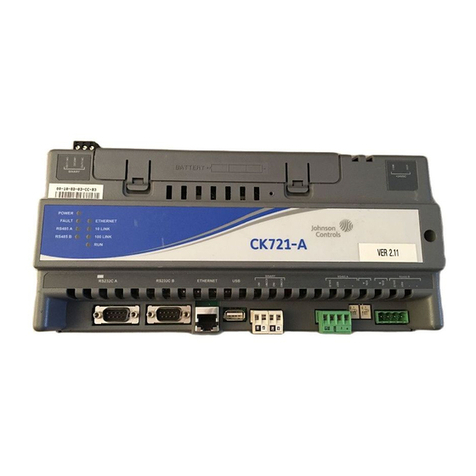
Johnson Controls
Johnson Controls CK721-A Installation and operation manual
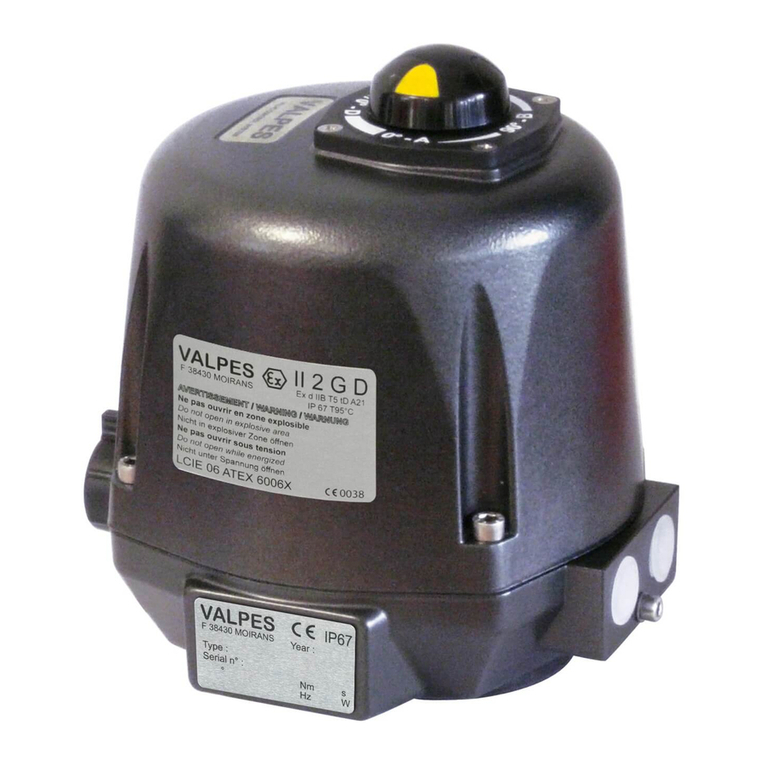
VALPES
VALPES VRX25 TECHNICAL LITERATURE SET UP PROCEDURE
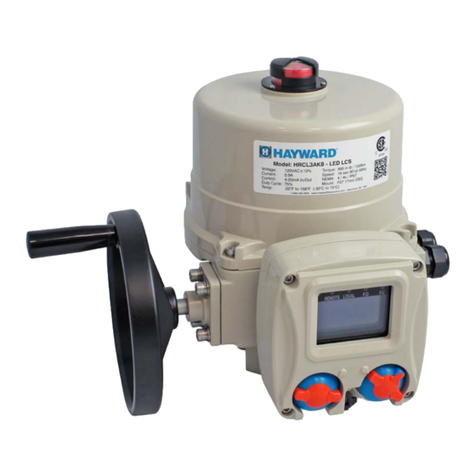
Hayward
Hayward HRSN2 series Installation, operation and maintenance instructions
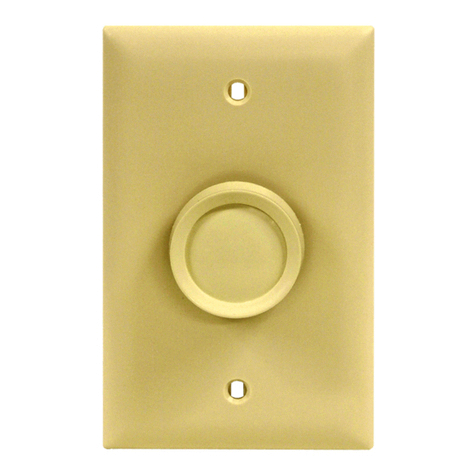
Viking
Viking SV-5W Technical practice

Burkert
Burkert 8745 MFM Ethernet operating instructions

LifeShield
LifeShield GEC1000 installation instructions
